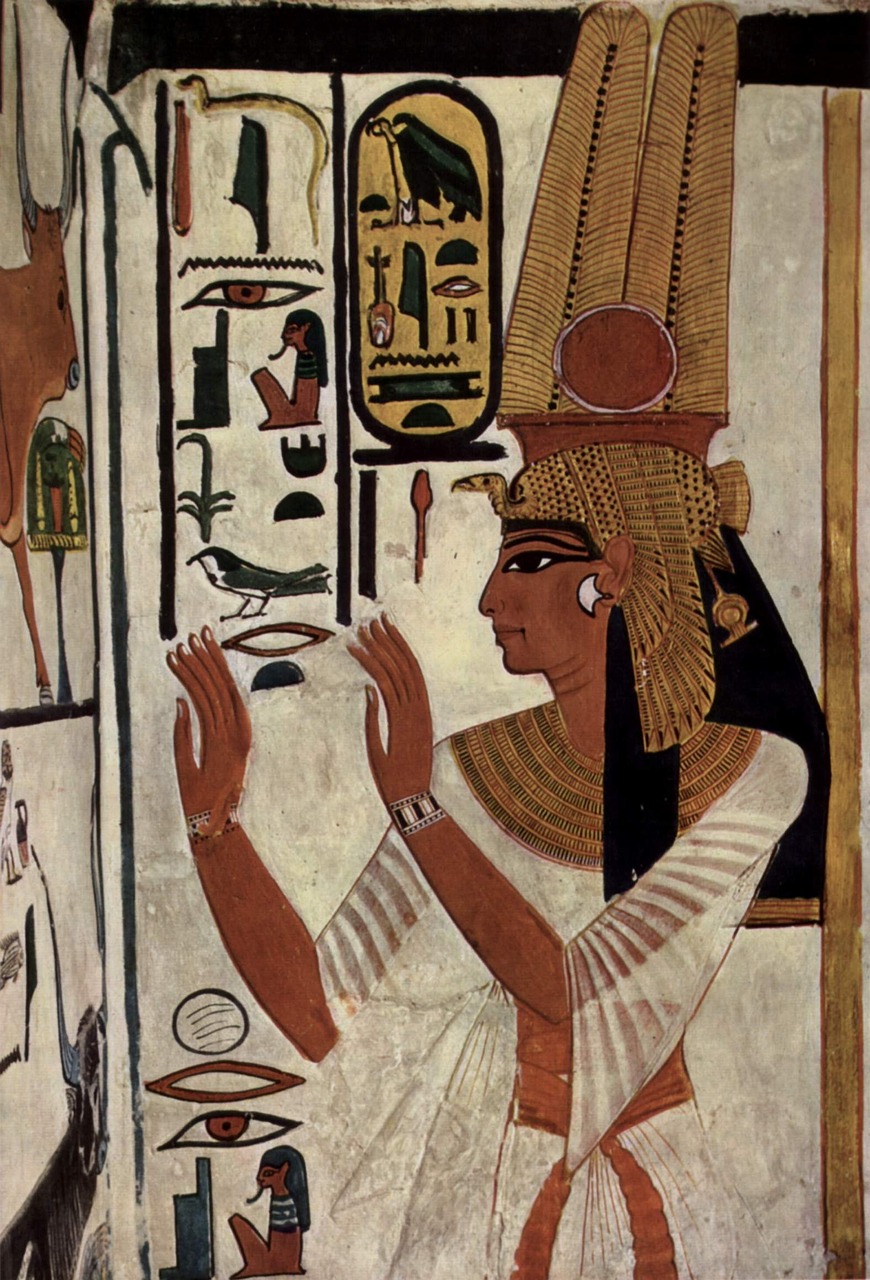Ancient Egyptian religion encompasses the indigenous beliefs held in ancient Egypt, extending from the predynastic period (4th millennium BCE) until the decline of traditional culture in the early centuries CE. To grasp the historical context of these beliefs, one must consider Egypt’s comprehensive history.
Nature and Importance
The religious convictions and practices of the Egyptians were deeply interwoven with the societal fabric of their civilization from around 3000 BCE onward. While many elements likely persisted from prehistoric times, their influence on later belief systems may be minimal, as the establishment of the Egyptian state created a fresh environment for spirituality. Religion in Egyptian society was ubiquitous, rendering it improperly reductive to consider it merely as a cohesive belief system. Instead, it needs to be appreciated against a backdrop of various secular activities and societal values.
Throughout the span of over three millennia, Egyptian religion evolved considerably in terms of emphasis and practice. However, it maintained a coherent character and stylistic consistency across different periods. Defining religion solely in terms of deity worship and human devotion falls short of capturing its vast dynamics; religious expressions also encompassed interactions with the deceased, as well as practices like divination, oracles, and magic, which all utilized divine connections and symbols.
Central Figures in Religion
Two primary aspects characterized public religious life: the king and the deities. The king occupied a singular position that connected humanity with the divine, engaged in divine realms, and erected monumental funerary structures driven by religious motivations to honor his afterlife. Egyptian deities were remarkably diverse, often depicted in animal forms or as hybrid creatures with human bodies and animal heads. Among these deities, the sun god was particularly significant, assumed various names and aspects, and had associations with many supernatural beings linked to the solar cycle, embodying the rhythm of night and day. Equally important was Osiris, the lord of the underworld and god of the deceased. With his partner, Isis, Osiris gained prominence during the 1st millennium BCE, a time when solar worship began to decline.
The ancient Egyptians envisioned the universe as a combination of deities, the physical realm—anchored by Egypt itself—and a chaotic realm from which order emerged and ultimately could revert. Maintaining order against chaos was a paramount duty for the king, who sought to cultivate divine favor to achieve this balance. This fundamentally pessimistic interpretation of existence aligned closely with the sun god and the cyclical nature of the sun, providing a powerful justification for the king and the elite’s roles in upholding order.
Presentation of Beliefs
Despite a generally bleak perspective, the imagery and presentations found in ancient monuments conveyed a sense of positivity and harmony, depicting the king and the gods in a reciprocal relationship. This contrast underscored the delicate nature of order, reinforced by a system of decorum that dictated the appropriate means of representation, context, and imagery.
These religious beliefs have been primarily uncovered through artifacts and texts crafted for the king and a select elite, revealing little about the spiritual practices of the broader populace. While it is unlikely that there was a stark divide between elite and common beliefs, this aspect cannot be completely disregarded.



